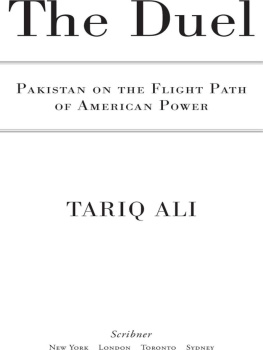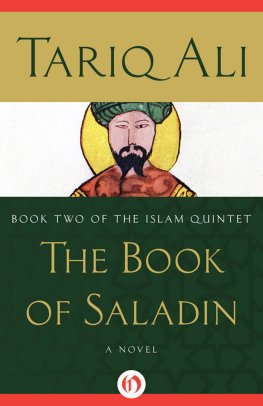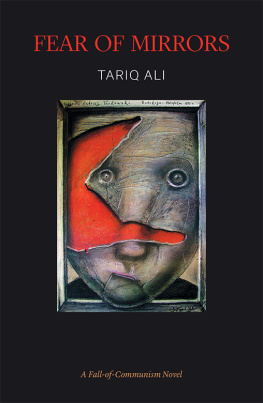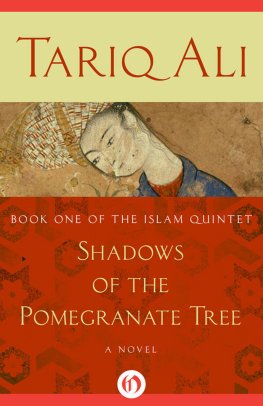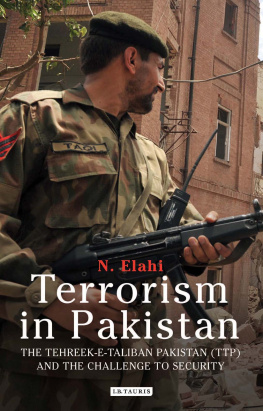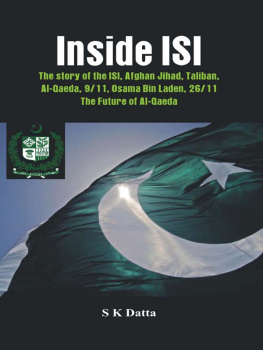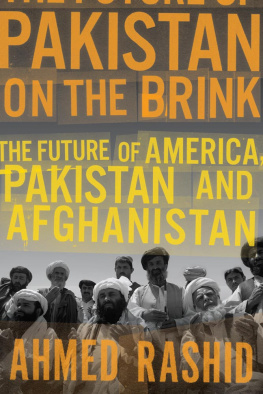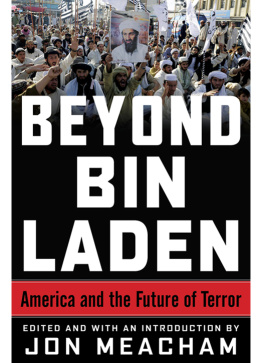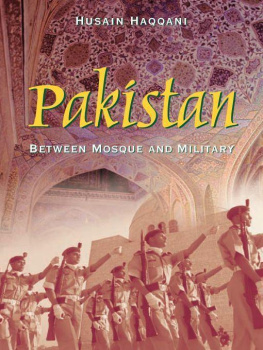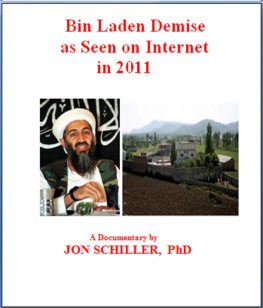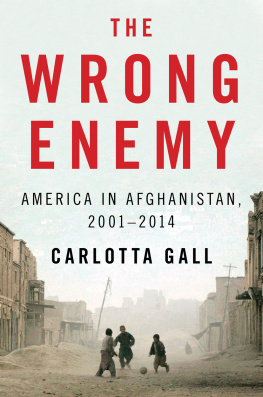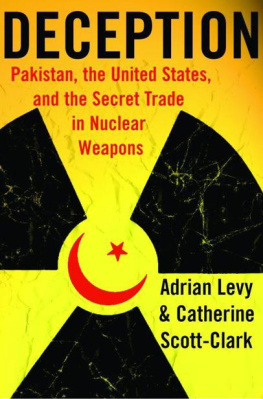P RAISE FOR The Duel
Ali applies his caustic pen to descriptions of [Pakistans] leaders.... Ali offers strongly argued opinions on the past, and his preferred future, of Pakistani politics.
Booklist
Ali carefully examines Pakistans long, troubled relationship with America... intense, closely observed commentary on perilous developments in an unstable nation.
Kirkus Reviews
This is a provocative history... the narrative is analytical with an undertone of love for a people.... The Duel is an important book.... It is written in an engaging and accessible style. As the U.S. widens its war against those who would defy its designs into Pakistan, it becomes essential reading for anyone who refuses to accept the Orientalist narrative spewed by the policy makers in Washington, D.C.
Ron Jacobs, CounterPunch
Hard-hitting... a must-read.
Atlantic Free Press
The Duel is a strongly written, well-argued, and readily accessible work.
The Palestine Chronicle
The Duel offers a detailed and impassioned history.
Mohammed Hanif, The Guardian (UK)
This sprightly romp should be read by anyone who wants real insights into Pakistan. It is as good a primer on Pakistani politics as you will find.
The Spectator (London)

The Duel
P AKISTAN ON THE F LIGHT P ATH OF A MERICAN P OWER
TARIQ ALI


SCRIBNER
A Division of Simon & Schuster, Inc.
1230 Avenue of the Americas
New York, NY 10020
www.SimonandSchuster.com
Copyright 2008 by Tariq Ali
All rights reserved, including the right to reproduce this book or portions thereof in any form whatsoever. For information, address Scribner Subsidiary Rights Department, 1230 Avenue of the Americas, New York, NY 10020.
First Scribner trade paperback edition September 2009
SCRIBNER and design are registered trademarks of The Gale Group, Inc., used under license by Simon & Schuster, Inc., the publisher of this work.
For information about special discounts for bulk purchases, please contact Simon & Schuster Special Sales: 1-866-506-1949 or business@simonandschuster.com
The Simon & Schuster Speakers Bureau can bring authors to your live event. For more information or to book an event, contact the Simon & Schuster Speakers Bureau at 1-866-248-3049 or visit our website at www.simonspeakers.com .
Designed by Kyoko Watanabe
Text set in Adobe Garamond
Manufactured in the United States of America
1 3 5 7 9 10 8 6 4 2
Library of Congress Control Number: 2008018358
ISBN 978-1-4165-6101-9
ISBN 978-1-4165-6102-6 (pbk)
ISBN 978-1-4165-6118-7 (eBook)
Map on is courtesy of the New Left Review.
for
Tahira, Tauseef, Kamila, and Mishael,
four generations of Lahoris
C ONTENTS
P REFACE
B OOKS HAVE A DESTINY . T HIS IS MY THIRD STUDY OF P AKISTAN . The first, Pakistan: Military Rule or Peoples Power?, was written in 1969 and predicted the breakup of the state. It was banned in Pakistan. Critics of every persuasion, even those who liked the book, thought it was going too far in suggesting that the state could disintegrate, but a few years later that is exactly what happened. Just over a decade later I wrote Can Pakistan Survive? The question mark was not unimportant but nonetheless struck a raw nerve in General Zias Pakistan, where to even pose the question was unacceptable. The general himself was extremely angry about its publication, as were sections of the bureaucracy, willing instruments of every despotism. Zia attacked both me and the book at a press conference in India, which was helpful and much appreciated by the publishers sales department. That book too was banned, but to my delight was shamelessly pirated in many editions in Pakistan. They dont ban books anymore, or at least not recently, which is a relief and a small step forward.
When I left in 1963, the country consisted of West and East Pakistan. Eight years later the East defected and became Bangladesh. The population of the Western wing was then 4045 million. It has grown phenomenally ever since and is now approaching the 200 million mark. The under-thirties constitute a majority.
This book centers on the long duel between a U.S.-backed politico-military elite and the citizens of the country. In earlier years the State Department would provide the seconds for the duel, but with U.S. troops now in neighboring Afghanistan and U.S. bombs falling on homes inside Pakistan, the conflict is assuming a more direct form. Were it to proceed further, as some have been arguing in Washington, there is a distinct possibility that serious cracks would threaten the much-vaunted unity of the Pakistan military high command. The relationship with Washington, always controversial in the country, now threatens the Pakistan army. Political commentators in the United States together with a cabal of mimics in Pakistan regularly suggest that an Islamist revolution is incubating in a country that is seriously threatened by jihadi terrorists. The only function of such a wild assertion is to invite a partial U.S. occupation and make the jihadi takeover a self-fulfilling prophecy.
The most important aspect of the duel is not the highly publicized conflict in Waziristan, but the divide between the majority of the people and their corrupt, uncaring rulers. This duel is often fought without weapons, sometimes in the mind, but it never goes away. An important reason for the deep hostility to the United States has little to do with religion, but is based on the knowledge that Washington has backed every military dictator who has squatted on top of the country. With Pakistan once again a strategic asset, the fear is that Washington will do so again, since it regards the military as the only functioning institution in the country, without showing any signs of comprehension as to why this is the case. This book might help in this regard.
What explains my continuing interest in Pakistan? I was born and educated there. Most of my family still lives there, and in periods when I havent been banned from entering the country, I visit regularly. I enjoy running into old friends and acquaintances, especially now that most of them have retired from important positions and can speak openly and laugh again. I never feel alone in Pakistan. Something of me stayed behind in the soil and the trees and the people so even in bad times I am welcome.
I love the mountains. At least they cant be skyscrapered and forced to look like Dubai. Palm trees, Gulf kitsch, and the Himalayas dont mix, not that it prevents some from trying. The cityscapes are something else. They have greatly changed over the years; new unplanned and poorly designed buildings have wrecked most of the larger towns. In Islamabad, the capital, one of the U.S. architects who built the city in the late sixties, Edward Stone, was unhappy with the site because it sat on a geological fault line and had weak soil. He advised that no building higher than three stories should ever be built there. He was ignored by the military dictator of the day. When a massive earthquake hit the country in 2005, buildings trembled all over Islamabad. I was there during the aftershocks, which were bad enough.

